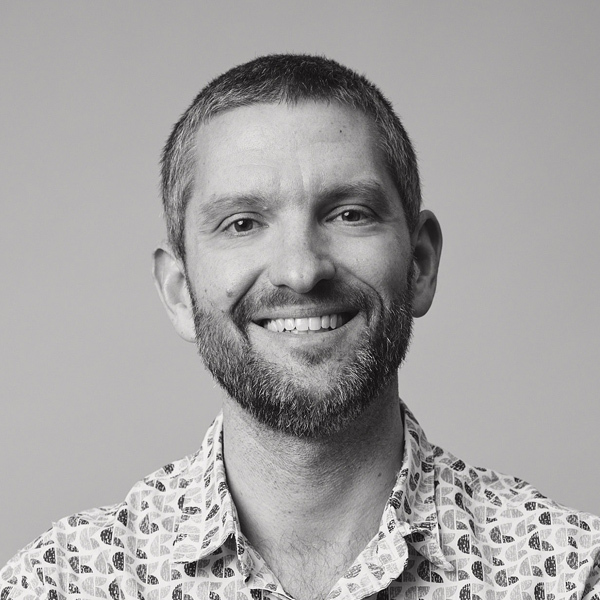The truth about Art vs. Design
Are you frustrated as a designer because you’re trying to be an artist?

Is design art? Is art design?
I don’t believe so.
First of all, we need to define what type of design we’re talking about, otherwise, this is an endless debate.
The realm of illustration or graphic design could be considered as similar to art. But when we speak of digital product design (websites, apps, software) or industrial design, then we’re are way beyond the realm of art.
Art and design share the same fundamental visual principles. Colour, shape, line, balance, contrast, rhythm, etc. These are the most basic building blocks that both artists and designers work with to create visual experiences.

The value of a design education
Design fundamentals trump software proficiency. Timeless design triumphs over trends.
Both art and design benefit from expressing emotions and telling stories. In fact, one could argue that this is the purpose of art. But it’s far from the purpose of design. For designers, this is merely one tool to help achieve a specific goal.
The difference between art and design lies in intent.
Art, in it’s purest form, has no boundaries on intent. It can serve any purpose the artist chooses, no purpose at all, or an intentionally vague purpose aimed to generate different reactions based on the viewers perspective and intent.
“Art is anything you can get away with”
— Marshall McLuhan
Art can express the viewpoint of the artist, ask social or political questions, or exists only for the purpose of adding beauty to its environment.
Design doesn’t have this luxury. Design always has a specific purpose. It must achieve a goal, and if it doesn’t, it’s judged to be bad design.
“Clients are the difference between design and art.”
— Michael Bierut
Design has clients, constraints, business goals and user needs. Some constraints are dictated by the client (business goals, budget, timeframe), others are imposed by the medium (technology, responsive design), while others are necessities of the customer (user goals, expectations, accessibility).
Art can have constraints too. Commissioned art has a client, but that doesn't equate to design, because its value is still subjectively measured.
Design can and should be measured objectively as well as subjectively. That’s why we have A/B testing, analytics, and business metrics. Design isn’t successful simply because it looks great. It should look great, but that’s only part of the puzzle. It must look great AND perform its intended function. Only then is it successful design.
What happens if you try to be an artist when you’re a designer?
- You try to “express yourself” through your work, instead of expressing your client’s brand. You may impose an unsuitable style, or ideas unaligned with project goals.
- You get frustrated by the constraints of your project. You want a clean slate to explore but you never get it. You feel your creativity is stifled. (When in fact good designer thrive more withing constraints because constraints breed creativity.)
- You fail at the soft-skills of running a business, client communication, time management. You want to focus too much on your “art” and not enough on what makes your art work.
- You favour aesthetics over usability. You’ll sacrifice user experience for a drool-worthy Dribbble shot. (Much of what’s on Dribbble, Behance, Instagram is art posing as design).
What makes a valuable modern designer?
The art side of design barely scratches the surface. Designers must be business strategists. They have to understand an organisation’s goals and user needs and meld the two together through thoughtful user experiences. Designers must put their own ego and preferences aside, so they can fully empathise with the needs of their project.
The best designers are business strategists
The old days of “visual design” are long gone. We need to think much broader & deeper to solve today’s design challenges.
Designers must have consistent, repeatable processes. We’re not creative geniuses toiling away at random until a stroke of inspiration hits. We have to perform for our clients on their terms and help guide them through our best processes. It’s a partnership of good business with design that understands it. If our design process is consistent, we create a repeatable formula for design success.
This doesn’t mean artfulness doesn’t have a place in design. It’s part of that process. “Make it pretty” has a lot of value. Aesthetically pleasing things are naturally more trusted and easier to enjoy.
Every designer, whether they realise it or not, has their own default aesthetic — tendencies that get repeated subconsciously which support their artistic preferences. What makes you a designer instead of an artist, is the ability to override those preferences when they don’t lead to the best design solution for your project.
If you find yourself itching to produce art but need design to pay the bills, you’ll have to rectify this difference in intent or you’ll remain frustrated and fail to excel. Embrace the objective side of design and learn to thrive within constraints. Learn to validate the effectiveness of your work and form a repeatable process that produces design solutions.
Art asks questions. Design creates solutions.
Want to comment?
See this story on Medium
Hi, I'm Benek Lisefski. Since 2001 I've run my own independent design business. Join me as I unfold 20 years of freelance business knowledge: honest advice and practical tips to help you take your indie career from good to great.
MediumTop writer in Design, Business, Creativity, and Entrepreneurship.
 Menu
About
Menu
About


